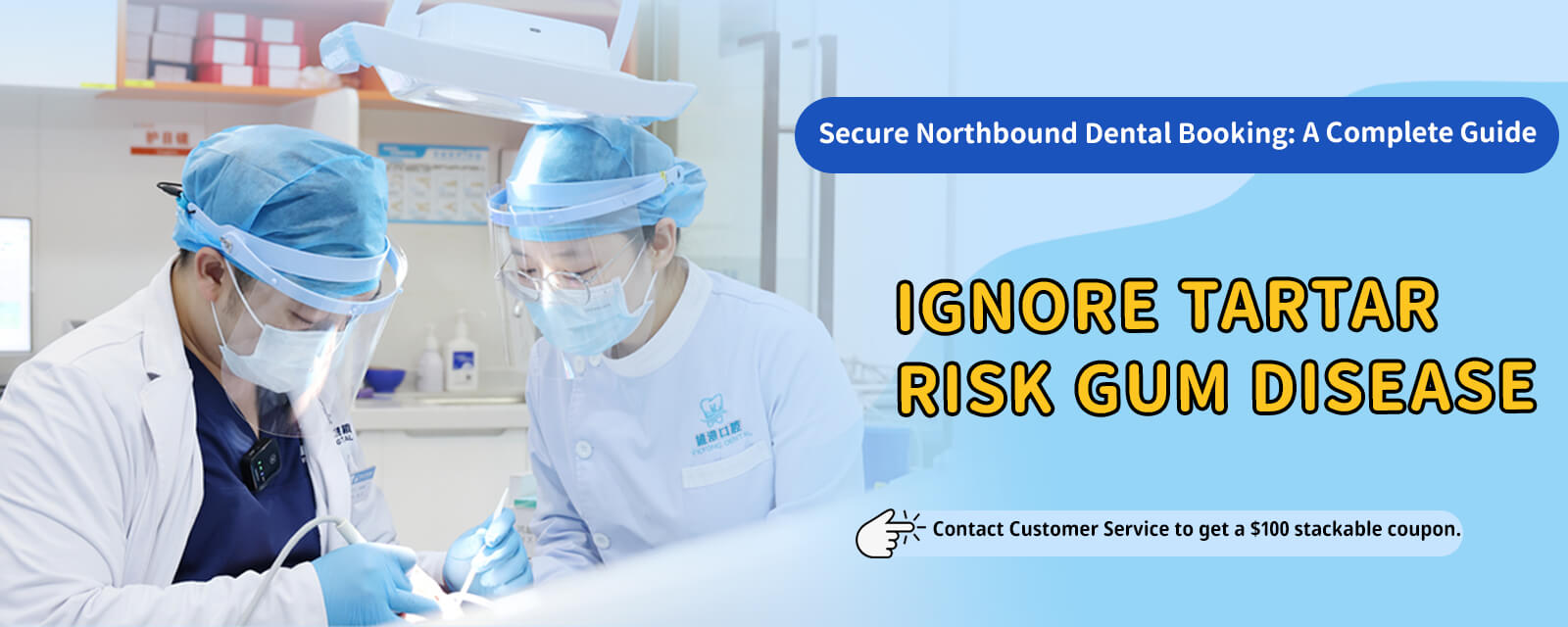Complete guide to teeth cleaning services in Mainland China from registration to the full procedure
Complete guide to teeth cleaning services in Mainland China from registration to the full procedure
Complete guide to getting a dental cleaning in Shenzhen: from booking to the full procedure
In recent years, more and more Hong Kong residents have headed to Shenzhen for professional teeth cleaning. Beyond flexible scheduling and more choices, modern clinic environments and comprehensive facilities are big reasons too. To make the experience smooth, do your homework in advance. From registration and booking to the cleaning process and aftercare, there’s a clear path to follow.
What to prepare before you go
- Choose a clinic: Prioritize licensed, reputable dental clinics that publicly list clinicians’ credentials and have transparent sterilization protocols. Check for Cantonese support and whether the location is near border checkpoints (e.g., Futian, Luohu, Shenzhen Bay). Convenient transport matters.
- Check reviews: Look at the clinic’s website, platform ratings, and user testimonials. Note whether they have specialized scaling equipment and offer periodontal assessment and dental X-rays.
- Documents and information: Bring your Home Return Permit or valid travel documents. If you plan to use insurance, confirm whether you need a specific invoice header and medical records. Prepare details on allergies, chronic conditions, pregnancy status, and current medications (especially anticoagulants).
How to register and book
- Common booking channels include phone, the clinic’s website, or WeChat mini programs. Ask clearly: Will the first visit include X-rays? What’s included in the cleaning (ultrasonic scaling to remove tartar, air polishing, polishing, fluoride application)? How long will it take? Might it need to be completed in two sessions?
- Try to avoid border peak hours when choosing your time slot. Leave buffer time for transport and paperwork. For a first visit, arrive a bit early to complete registration and health questionnaires.
Border crossing and transport tips
- Plan your round-trip time and note the clinic’s address, nearby metro exit, and ride-hailing pin. Electronic payments are widespread, but prepare one or two backup payment methods.
- Indoor air conditioning can be cool—bring a light jacket. Ensure your mobile data or roaming works so you can receive booking messages.
On the day: in-clinic process
- Check-in and forms: Provide personal details, medical history, drug allergies, and any recent dental discomfort. Some clinics will take your blood pressure or perform quick dental X-rays to support a thorough exam.
- Dental examination: The dentist will assess gum health, tartar buildup, cavities, and bite/occlusion, then explain the cleaning plan and what to expect. If periodontal issues are notable, they may suggest quadrant scaling or book a deep cleaning (scaling and root planing) separately.
- The cleaning itself: Most clinics us

e ultrasonic scaling combined with hand instruments. Water irrigation is used to cool the area, and the nurse will suction saliva. Afterwards, you may have air polishing to remove stains and polishing to smooth surfaces; some clinics apply fluoride varnish to boost decay prevention.
- Oral hygiene instruction: Staff often demonstrate the Bass brushing technique, how to use floss or interdental brushes, point out areas where plaque accumulates most, and recommend when to return.
What it feels like and common situations
- If you have heavy tartar or gum inflammation, you may feel soreness and notice slight bleeding during cleaning—this is common. Tell the team about sensitive spots; they can adjust pressure or add desensitizing measures.
- If deposits are too deep, the dentist may recommend splitting the cleaning into two sessions to ensure comfort and efficacy.
Post-cleaning care
- Avoid very hot, very cold, and strongly pigmented foods on the day of treatment. Limit alcohol and smoking for 24 hours to reduce gum irritation.
- For mild sensitivity, use a desensitizing toothpaste. If obvious swelling, pain, or bleeding persists beyond two to three days, contact the clinic for a review.
- Maintain correct brushing twice daily and add floss or an interdental brush before bed. A water flosser can help if needed—use gentle technique.
- Most people benefit from professional cleaning every 6–12 months. If you have periodontal issues, follow your dentist’s advice on shorter intervals.
Important notes and risk management
- Prefer clinics that use single-use consumables, keep complete sterilization records, and provide consent forms and treatment records.
- If you have a history of heart disease, a cardiac stent, past surgery, take anticoagulants, or are pregnant, disclose this in advance so the dentist can assess and adjust the plan.
- If you need receipts or medical records for insurance reimbursement, state the required format before treatment.
Communication and follow-up
- Many Shenzhen dental clinics have Cantonese-speaking receptionists or nurses, so communication is usually smooth. If you have specific concerns, ask about language support when booking.
- Ask whether the clinic can provide digital X-rays, a treatment summary, and home-care instructions. This helps you manage your oral health back in Hong Kong or share records with your regular dentist.
Summary
For a worry-free dental cleaning in Shenzhen, the key is choosing a reputable clinic, clarifying booking details, cooperating during the visit, and following proper aftercare. From registration to the procedure, the process is transparent. With planned transport and timing—and consistent daily oral hygiene—you can enjoy a smooth, hygienic, and comfortable cross-border dental cleaning experience.




